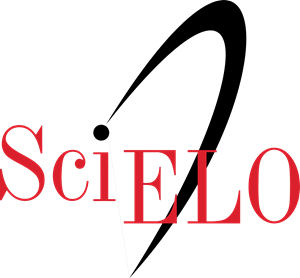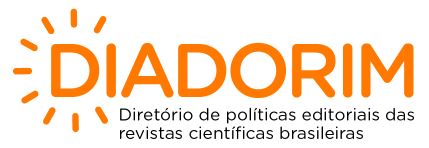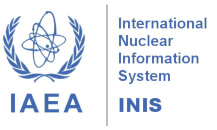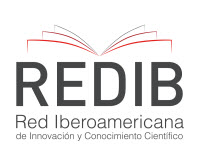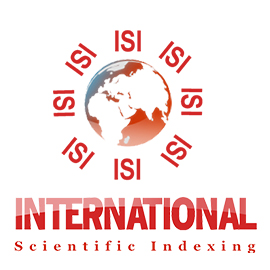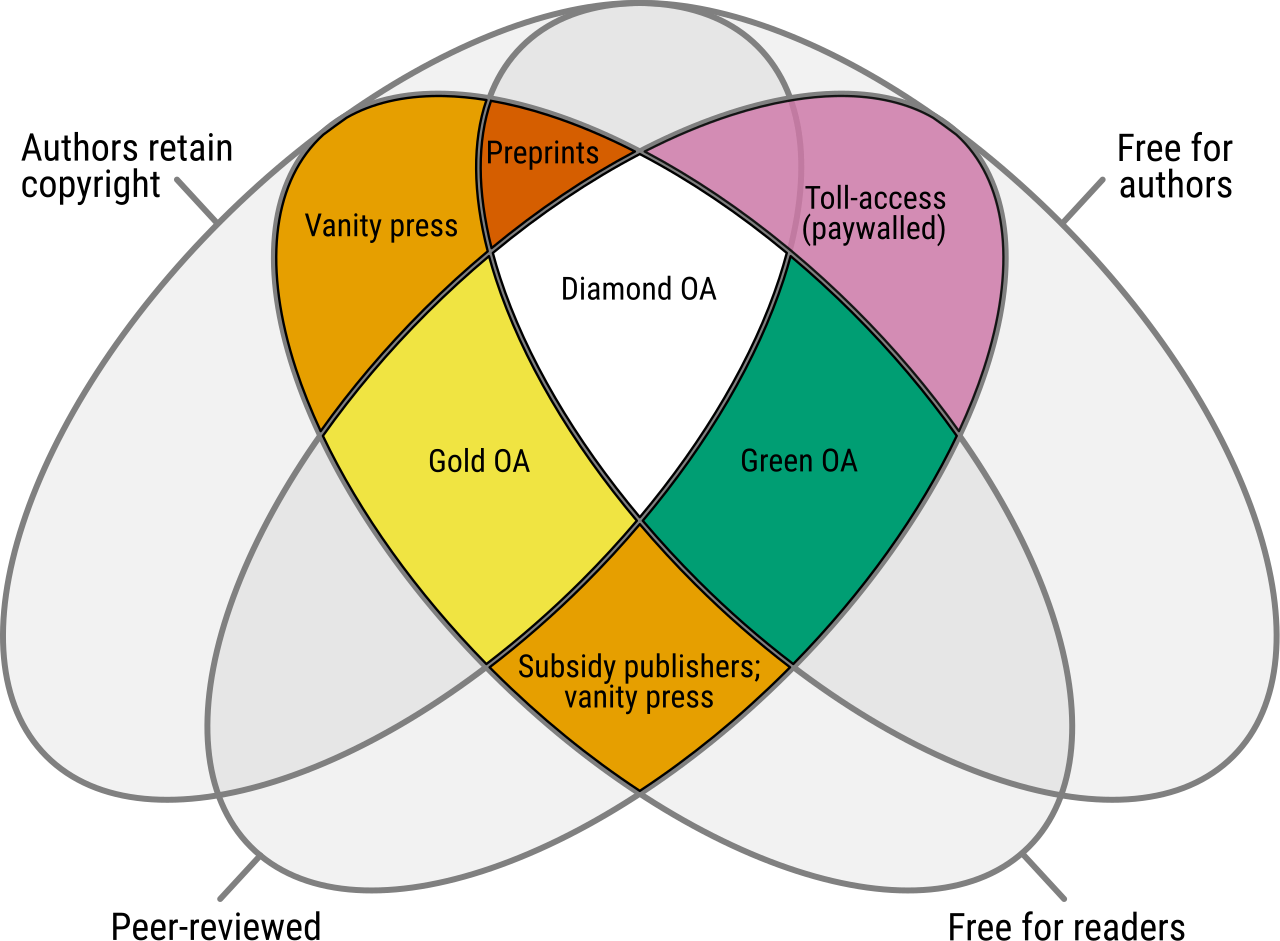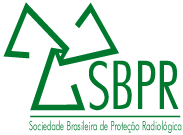Structural and Morphological Characterization of the Chromium-doped β-Spodumene to Ceramic Pigment
DOI:
https://doi.org/10.15392/bjrs.v10i2A.1772Palabras clave:
β-spodumene, ceramic pigment, proteic sol-gel methodResumen
The structural and morphological properties of the novel chromium-doped β-spodumene based ceramic pigment were evaluated aiming to study its chemical and thermal stability in industrial applications. The pigment samples were synthesized by the proteic sol-gel method using gelatin as a ligand. X-ray diffraction (XRD) and scanning electron microscopy (SEM) were performed. Rietveld refinement of experimental diffractograms and average crystallites size by the Scherrer’s method analysis were carried out. XRD results confirmed that the crystal structure of lattice corresponded to β-spodumene and the Rietveld refinement indicated the absence of structural changes with doping up to 3% of chromium. Scherrer’s method indicates that there are no trends changes in the average size of crystallites in the analyzed doping contents. SEM analysis indicated that there are no morphological changes in the chromium-doped particles. The present study concluded that structural or morphological alterations are not noticed for β-spodumene samples produced with chromium doping up to 3% by weight, and that this pigment possibly preserves the chemical and thermal stability of pure β-spodumene. The absence of changes in these properties by doping with low chromium contents were attributed to possible substitutions of Al3+ by Cr3+ ions in the β-spodumene crystal lattice.
Descargas
Referencias
BARBOSA, L. I.; VALENTE, G.; OROSCO, R. P.; GONZÁLEZ, J. A. Lithium extraction from β spodumene through chlorination with chlorine gas. Minerals Engineering, v. 56,
p. 29-34, 2014.
DESSEMOND, C; LAJOIE-LEROUX, F.; SOUCY, G.; LAROCHE, N.; MAGNAN, J. Spodumene: The Lithium Market, Resources and Processes. Minerals, v. 9(6), p. 334, 2019. DOI: https://doi.org/10.3390/min9060334
KUANG, G.; LIU, Y.; LI, H.; XING, S.; LI, F.; GUO, H.; Extraction of lithium from β-spodumene using sodium sulfate solution. Hydrometallurgy, v. 177, p. 49-56, 2018. DOI: https://doi.org/10.1016/j.hydromet.2018.02.015
XING, P.; WANG, C.; MA, L. Z. B.; WANG, L.; CHEN, Y.; YANG, C. Lithium Extraction and Hydroxysodalite Zeolite Synthesis by Hydrothermal Conversion of α‑Spodumene. ACS Sustainable Chem Eng, v. 7, p. 9498-9505, 2019. DOI: https://doi.org/10.1021/acssuschemeng.9b00923
ROSALES, G. D.; RUIZ, M. C.; RODRIGUEZ, M. H. Novel process for the extraction of lithium from β-spodumene by leaching with HF. Hydrometallurgy, v. 147-148, p. 1-6, 2014. DOI: https://doi.org/10.1016/j.hydromet.2014.04.009
d’AMORIM, R. A. P. O.; TEIXEIRA, M. I.; SOUZA, S. O.; SASAKI, J. M.; CALDAS, L. V. E. Influence of Teflon® agglutinator on TLD spodumene pellets. Journal of Luminescence, v. 132, p. 266-269, 2012. DOI: https://doi.org/10.1016/j.jlumin.2011.08.012
d’AMORIM, R. A. P. O.; VASCONCELOS, D. A. A.; BARROS, V. S. M.; KHOURY, H. J.; SOUZA, S. O. Characterization of α-spodumene to OSL dosimetry. Radiation Physics and Chemistry, v. 95, p. 141-144, 2014. DOI: https://doi.org/10.1016/j.radphyschem.2013.01.029
FERRAZ, G. M.; PAIÃO, J. R. B.; WATANABE, S.; SOUZA, S. O. Synthetic spodumene polycrystals as a TL dosimetric material. Radiation Measurements, v. 43, p. 387-391, 2008. DOI: https://doi.org/10.1016/j.radmeas.2007.11.026
LIMA, L. L.; OLIVEIRA, R. A. P.; LIMA, H. R. B. R.; SANTOS, H. N.; SANTOS, J. O.; LIMA, A. F.; SOUZA, S. O. Thermoluminescent properties studies of spodumene lilac sample to dosimetric applications. Journal of Physics Conference Series, v. 249(1), p. 012013, 2010. DOI: https://doi.org/10.1088/1742-6596/249/1/012013
LIMA, H. R. B. R.; NASCIMENTO, D. S.; BISPO, G. F. C.; TEIXEIRA, V. C.; VALÉRIO, M. E. G.; SOUZA, S. O. Production and characterization of spodumene dosimetric pellets prepared by a sol–gel route. Radiation Physics and Chemistry, v. 104, p. 93-99, 2014. DOI: https://doi.org/10.1016/j.radphyschem.2014.03.022
FERRAZ, R. F.; SOUSA, J. F.; COSTA, D. S.; OLIVEIRA, R. A. P.; LIMA, H. R. B. R. Development of a β-LiAlSi2O6:Cr-based Ceramic Pigment by Proteic Sol-Gel Process Using Gelatin: Synthesis and Characterization. Materials Research, v. 25(1), p. 12, 2022. DOI: https://doi.org/10.1590/1980-5373-mr-2021-0315
BUXBAUM, G.; PFFAF, G. Industrial Inorganic Pigments, 3rd ed. Weinhein: WILEY-VCH Verlag GmbH & Co KGaA, 2005.
MASLENNIKOVA, G. N.; PISHCH, I. V.; RADION, E. V. Current Classification of Ceramic Silicate Pigments (Review). Glass and Ceramics, v. 63, p. 281-284, 2006. DOI: https://doi.org/10.1007/s10717-006-0101-1
ZHANG. A.; MU, B.; WANG, X.; WEN, L.; WANG, A. Formation and Coloring Mechanism of Typical Aluminosilicate Clay Minerals for CoAl2O4 Hybrid Pigment Preparation. Frontiers in Chemistry, v. 6, p. 125, 2018. DOI: https://doi.org/10.3389/fchem.2018.00125
GONG, L.; LIANG, J.; KONG, L.; CHEN, B.; LI, Y.; TIAN, G. Synthesis of high-performance copper barium silicate composite pigment from waste iron ore tailings. Ceramics International, v. 47(19), p. 27987-27997, 2021. DOI: https://doi.org/10.1016/j.ceramint.2021.06.230
KLEIN, L.; APARICIO, M.; JITIANU, A. Handbook of Sol-Gel Science and Technology, 2nd ed. New York: Springer, 2018. DOI: https://doi.org/10.1007/978-3-319-32101-1
NOGUEIRA, N. A. S.; UTUNI, V. H. S.; SILVA, Y. C.; KIYOHARA, P. K.; VASCONCELOS, I. F.; MIRANDA, M. A. R.; SASAKI, J. M. X-ray diffraction and Mossbauer studies on superparamagnetic nickel ferrite (NiFe2O4) obtained by the proteic sol-gel method. Materials Chemistry and Physics, v. 163, p. 402-406, 2015. DOI: https://doi.org/10.1016/j.matchemphys.2015.07.057
MENEZES, A. S.; REMÉDIOS, C. M. R.; SASAKI, J. M.; SILVA, L. R. D.; GOES, J. C.; JARDIM, P. M.; MIRANDA, M. A. R. Sintering of nanoparticles of α-Fe2O3 using gelatin. J Non-Cryst Solids, v. 353, p. 1091-1094, 2007. DOI: https://doi.org/10.1016/j.jnoncrysol.2006.12.022
SCHIRIEBER, G.; GAREIS, H. Gelatine Handbook: Theory and Industrial Pratice, 1st ed. Weinhein: WILEY-VCH Verlag GmbH & Co KGaA, 2007. DOI: https://doi.org/10.1002/9783527610969
RIETVELD, H. M. A profile refinement method for nuclear and magnetic structures. J Appl Cryst, v. 2, p. 65-71, 1969. DOI: https://doi.org/10.1107/S0021889869006558
BLEICHER, L.; SASAKI, J. M.; OLIVEIRA, C.; SANTOS, P. Development of a graphical interface of the Rietveld refinement program DBWS. J Appl Cryst, v. 33, p. 1189, 2000. DOI: https://doi.org/10.1107/S0021889800005410
SCHERRER, P.; Abschätzungen von Charaktersummen, Einheit und Klassenzahlen. Göttinger Nachrichten Gesell, v. 2, p. 98, 1918.
CHI-TANG, L.; PEACOR, D. R.; The crystal structure of LiAlSi2O6-II (“β spodumene”). Z Kristallogr, v. 126, p. 46-65, 1968. DOI: https://doi.org/10.1524/zkri.1968.126.1-3.46
YOUNG, R. A. Introduction to the Rietveld method. In: YOUNG, R. A. The Rietveld Method, 1st ed. New York: Oxford University Press, 1993. p. 1-38.
DAVID, W. I. F.; Powder diffraction: least-squares and beyond. J Res Natl Inst Stand Technol, v. 109, p. 107-123, 2004. DOI: https://doi.org/10.6028/jres.109.008
BARBOSA, L. I.; VALENTE, G.; OROSCO, R. P.; GONZÁLEZ, J. A. Lithium extraction from β-spodumene through chlorination with chlorine gas. Miner Eng, v. 56, p. 29-34, 2014. DOI: https://doi.org/10.1016/j.mineng.2013.10.026
Descargas
Publicado
Número
Sección
Categorías
Licencia
Derechos de autor 2022 Brazilian Journal of Radiation Sciences (BJRS)

Esta obra está bajo una licencia internacional Creative Commons Atribución 4.0.
Licencia: los artículos de BJRS tienen una licencia internacional Creative Commons Attribution 4.0, que permite el uso, el intercambio, la adaptación, la distribución y la reproducción en cualquier medio o formato, siempre que se otorgue el crédito correspondiente al autor o autores originales y a la fuente, proporcione un enlace a la licencia Creative Commons e indique si se realizaron cambios. Las imágenes u otros materiales de terceros en el artículo están incluidos en la licencia Creative Commons del artículo, a menos que se indique lo contrario en una línea de crédito al material. Si el material no está incluido en la licencia Creative Commons del artículo y su uso previsto no está permitido por la regulación legal o excede el uso permitido, el autor deberá obtener el permiso directamente del titular de los derechos de autor. Para ver una copia de esta licencia, visite http://creativecommons.org/licenses/by/4.0/

